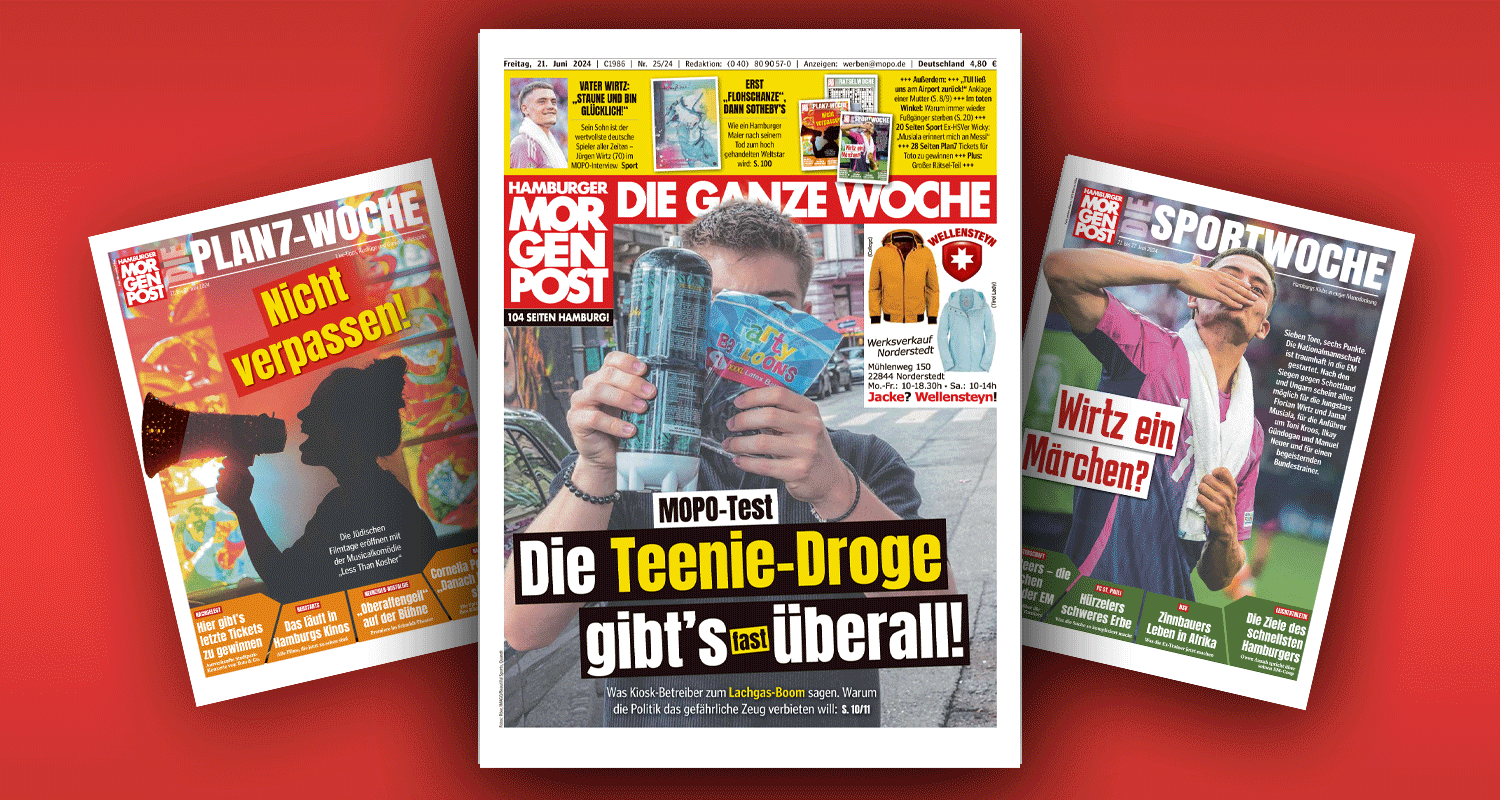In the mid 1990s, Jason Paige, then a struggling singer trying to break with his rock band, could make a solid living by writing Mountain Dew, Taco Bell and Pepto Bismol earworms for jingle houses that dominated the music-in-advertising industry for decades. But during an interview a few weeks ago, Paige — who ultimately became most famous as the voice of the Pokemon theme song “Gotta Catch ‘Em All” — fires up an artificial-intelligence program. Within minutes, he emails eight studio-quality, terrifyingly catchy punk, hip-hop, EDM and klezmer MP3s centered on the reporter’s name, the word Billboard and the phrase “the jingle industry and how it’s changed so much over the years.”
The point is self-evident. “Yeah,” Paige says, about the industry that once sustained him. “It is dark.”
Today, the jingle business has evolved an assembly line of composers and performers competing to make the next “plop plop fizz fizz” into a more multifaceted relationship between artists and companies, involving brand relationships (like Taylor Swift’s long-standing Target deal); Super Bowl synchs worth hundreds of thousands of dollars; production-house music allowing brands to pick from hundreds of thousands of pre-recorded tracks; and “sonic branding,” in which the Intel bong or Netflix’s tudum are used in a variety of marketing contexts. Performers and songwriters make plenty of revenue on this kind of commercial music, and they’re far more open to doing so than they were in the corporation-skeptical ‘90s. But AI, which allows machines to make all these sounds far more cheaply and quickly for brands than human musicians could ever do, remains a looming threat.
“It definitely has the potential to be disruptive,” says Zeno Harris, a creative and licensing manager for West One Music Group, an LA company that licenses its 85,000-song catalog of original music to brands. “If we could use it as a tool, instead of replacing [musicians], that’s where I see it heading. But money dictates where the industry goes, so we’ll have to wait and see.”
This vision of an AI-dominated future in a crucial revenue-producing business is as disturbing for singers and songwriters as it is for Hollywood screenwriters, radio DJs and voiceover actors. “I just took a life-insurance-brand deal to pay for making my record,” says Grace Bowers, 17, a Nashville blues guitarist. “I’m definitely not the only one who’s doing that. Artists are turning to anyone they can to [make] money, because touring and putting out music isn’t the biggest money-maker. If Arby’s came to me and said, ‘Can you write me a jingle?,’ I’d say, Hell, yeah!’”
End of an Era
From the late 1920s, when a barbershop quartet sang “Have You Tried Wheaties?” on the air for a Minneapolis radio station, through the late ’90s, jingles dominated the music-in-advertising business. Jingle houses like Jam, JSM and Rave competed ferociously to procure contracts with major brands and advertising agencies. In the process, they created lucrative side gigs for rising talents for decades, like Luther Vandross, Patti Austin and Richard Marx, who, as jingle veteran Michael Bolton wrote in his biography, “all shook the jingle-house tree.”
“If you wrote a jingle that was going to be a national campaign, and you sang on it, you could make $50,000, and you could do three of those a year,” recalls John Loeffler, a singer-songwriter who worked on 2,500 jingle campaigns as the head of the Rave Music jingle house, before serving as a BMG executive for years.
John Stamos and Dave Coulier played jingle writers on ABC’s Full House. In this scene from “Jingle Hell,” Mary Kate or Ashley Olsen gives “Uncle Jesse” a high five.
The jingle era ended, for the most part, by the late 1990s, as TV splintered from four must-see broadcast networks to dozens of cable channels, followed by video streaming networks such as Netflix. (Steve Karmen, the ad-agency vet who wrote “Nationwide … is on your side,” authored what many consider the post-mortem for the era with his 2005 book, Who Killed the Jingle?) “I wish the young artists these days could have the opportunities I had,” Loeffler says. “It’s very different.”
Today, artists are far more likely to have broad branding relationships with corporations such as Target — Swift has appeared in commercials and the retailer has sold exclusive versions of her albums for years, and Billie Eilish, Olivia Rodrigo and others have made similar deals — than they are to write catchy ditties for TV and radio. “I personally haven’t heard the word ‘jingle’ in the lifespan of Citizen,” says Theo de Gunzburg, managing partner of Citizen, a five-year-old music house that employs studio artists to create original music for advertisers. “The clients we deal with want to be taken more seriously. The audience is more discerning.”
Citizen employs 10 full-time staff members, including five composers, to create original music for ad campaigns, and, like West One and many other music houses, maintains a library of licensable tracks. The company’s commercial work includes Adidas’ “Runner 321,” which juxtaposes Michael Jordan and Babe Ruth with clips of athletes who have Down’s Syndrome, all set to its own sports percussion tracks. Major music publishers also maintain in-house services for this kind of production music. Warner Chappell Music’s extensive online library includes a hip-hop-style track called “Ready to Fight,” described as “driving trap drums, electric guitar, bold brass, cerebral synths and go-getter male vocals.” WCM represents “specialized songwriters who like to write in short form” and “are also great at writing pop hits,” says Dan Gross, the publisher’s creative sync director, who previously was a music supervisor at top ad agency McCann.
Ba Da Ba Ba Ba
The prevailing catchphrase for music in advertising today is “sonic branding” — designing a brief musical calling card, like the Intel bong, which reflects the feel of a product and can be used in ads, promotions, app tones, TikTok and Instagram videos and even virtual-reality games. “The message of flexibility is really the key thing,” says Simon Kringel, sonic director for Unmute, a Copenhagen agency that has worked with brands such as magazine publisher Aller Media to develop catchy musical snippets that serve as what he calls “watermarks.” “The only chance we have is to make sure every time we interact with our audience, there is something that triggers this brand recall.”
Kringel avoids using the term “jingle” — “that whole approach kind of faded out,” he says — but the most memorable old-school jingles have taken on a classic-rock quality in recent years. McDonald’s 20-year-old “ba da ba ba ba,” “Nationwide … is on your side” and many others are repeated endlessly in TV-streaming commercial breaks. State Farm’s “like a good neighbor … “ remains the emperor of earworms, and the company deploys the Barry Manilow-penned jingle in strategic ways. Around 2020, says State Farm head of marketing Alyson Griffin, the insurance giant conducted a study about its own marketing assets. “They found 80% of people recognized the notes, 95% recognized the slogan — and when they put the two together, there was nearly 100% recognition,” she says. “We recently tripled down on the jingle.”
Similarly, Chili’s recently went retro, hiring Boyz II Men to update its ’90s “baby back ribs” jingle with a new advertisement. “Jingles don’t feel as modern as maybe brands want to be,” says George Felix, chief marketing officer for Chili’s Grill and Bar. “But there’s certainly still runway for jingles if you do it right.”
For now, brands are still spending copiously on advertising music of all kinds — and every once in a while, an actual jingle emerges. Temu, a new e-commerce company owned by a Chinese retail giant, will reportedly spend $3 billion on advertising this year, emphasizing its insanely catchy “ooh, ooh, Temu” jingle that aired during the Super Bowl.
Keeping an Eye on AI
Yet some in the commercial-music industry worry about what Paige’s punk-EDM-hip-hop-klezmer AI-jingle exercise portends. “Do I think the [AI] fears are overblown? No. Am I concerned? Yes,” adds Sally House, CEO of The Hit House, a 19-year-old Los Angeles company that hires composers, engineers, sound designers and performers for music in Progressive, Marvel, HBO and Amazon Prime Video spots. “We’re all waiting for copyright to save us and the government to do something about it.”
But Warner Chappell’s Shaw says his team receives requests for “custom compositions” because brands want to work with the publisher’s stable of A-list songwriters. “AI doesn’t really factor in for us in this instance,” he says.
At Mastercard, which underwent a two-year process to unveil a piece of mellow, new-age-y instrumental music as part of its sonic brand in 2019, AI may be useful for future ad campaigns. But not for creating music. Mastercard employed its own creative people, plus composers, musicologists, sound engineers and even neuroscientists, to work on its distinctive tone. “If I tell the AI engine who is the audience, what am I trying to create, what is the context, and ask it to compose something based on the Mastercard melody, it will do a very fine job,” says Raja Rajamannar, a classically trained musician who is the company’s chief marketing and communications officer. “But if I had to create the Mastercard sonic architecture, I cannot delegate it to AI. The original creation, at this stage, clearly has to come from human beings.”
Paige agrees. Even if AI ultimately takes a cut out of the space — and certainly out of the potential profits for writers — it won’t completely gut the need for real musicians making advertorial music. Classic jingles endure, he says, because they contain humanity and spirit — and because people “know there’s a human being behind the Folger’s theme song.”





